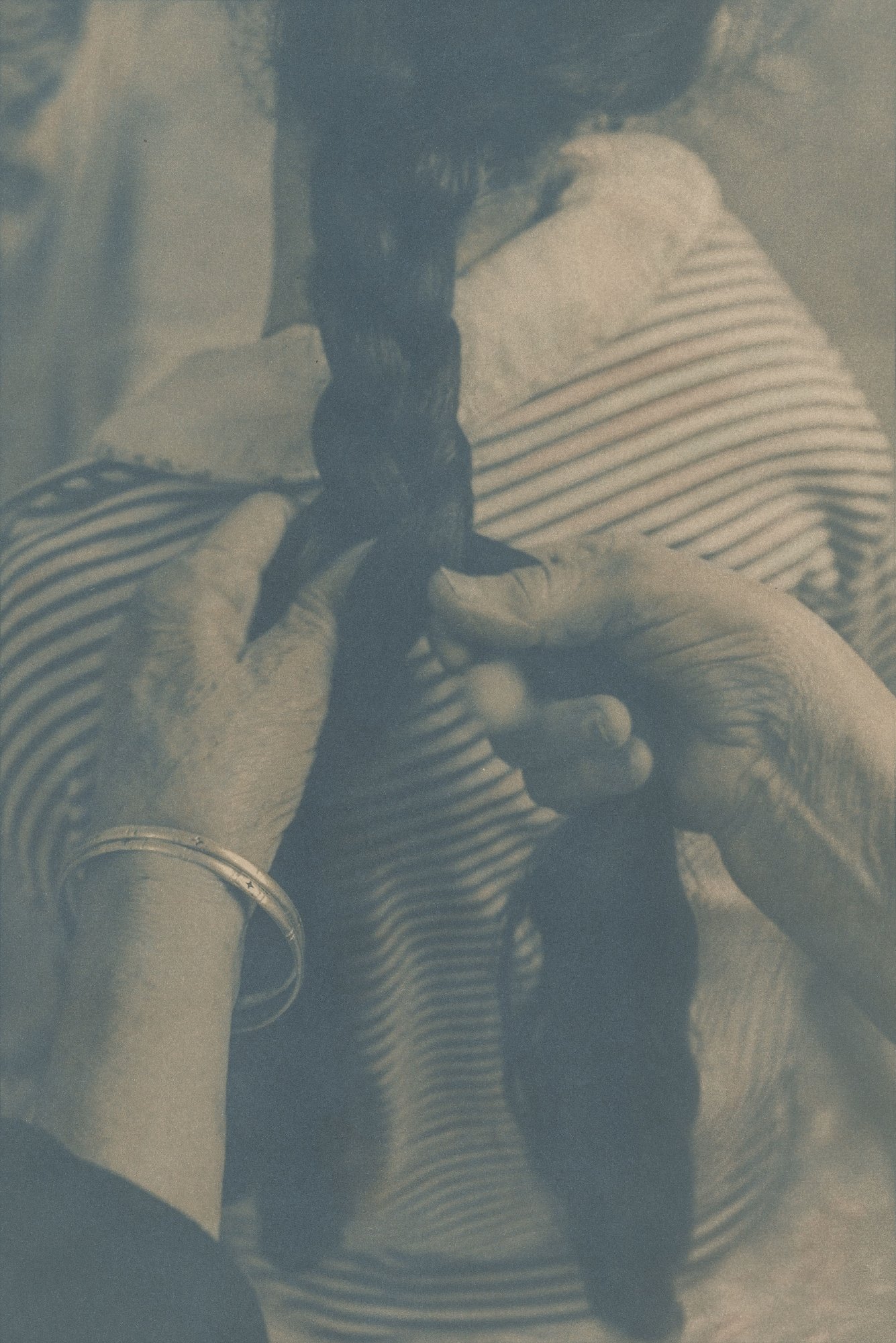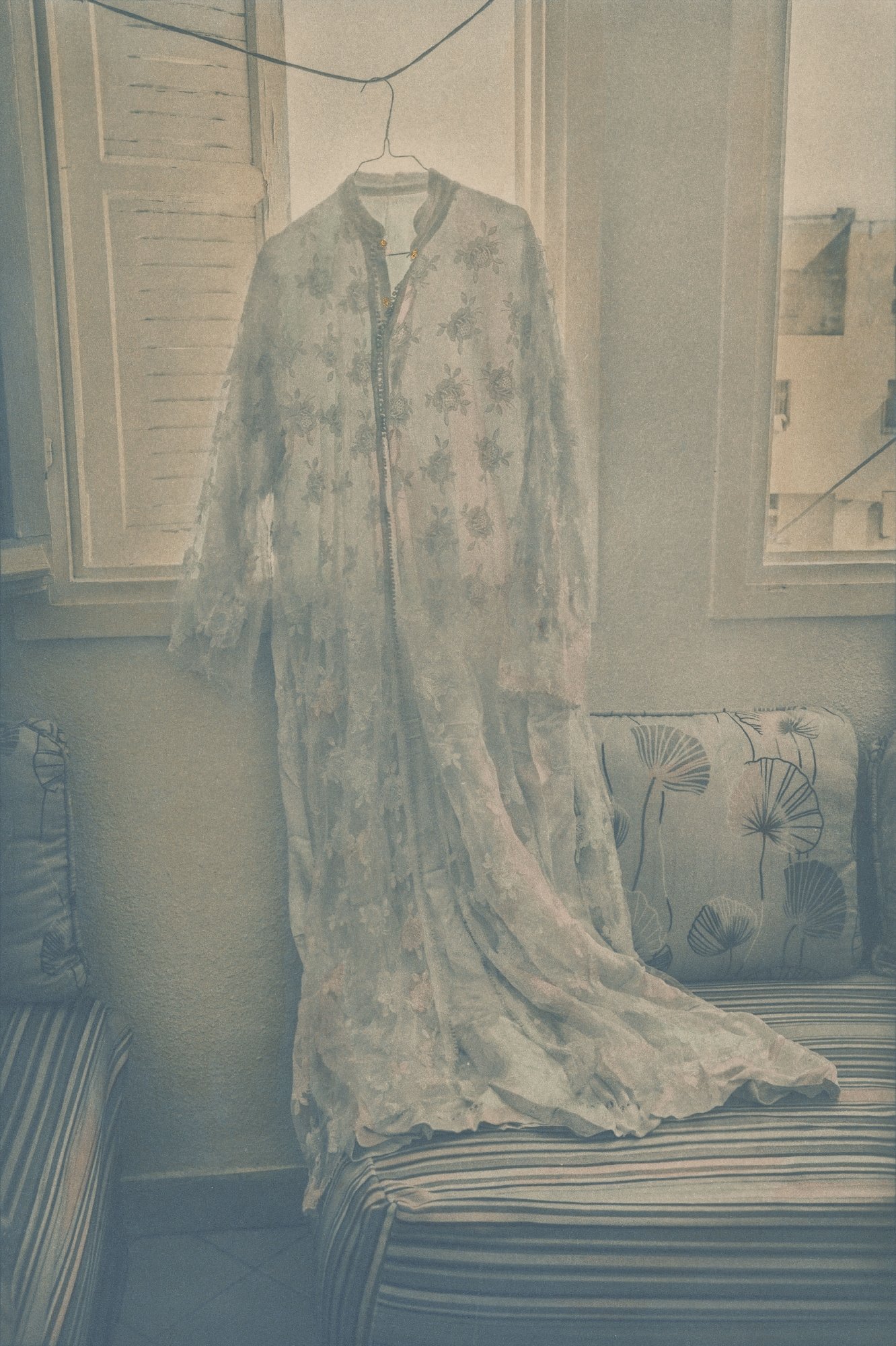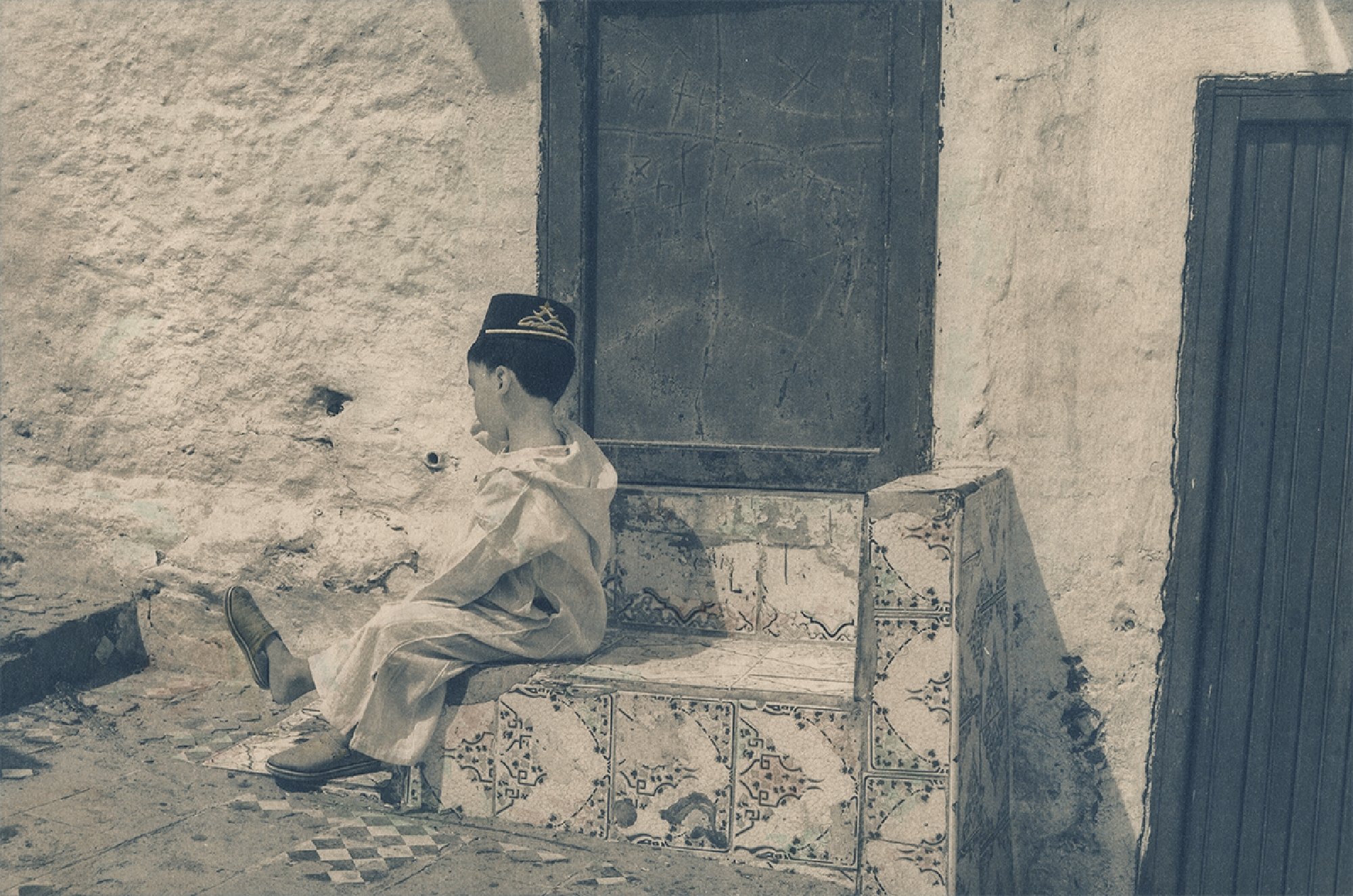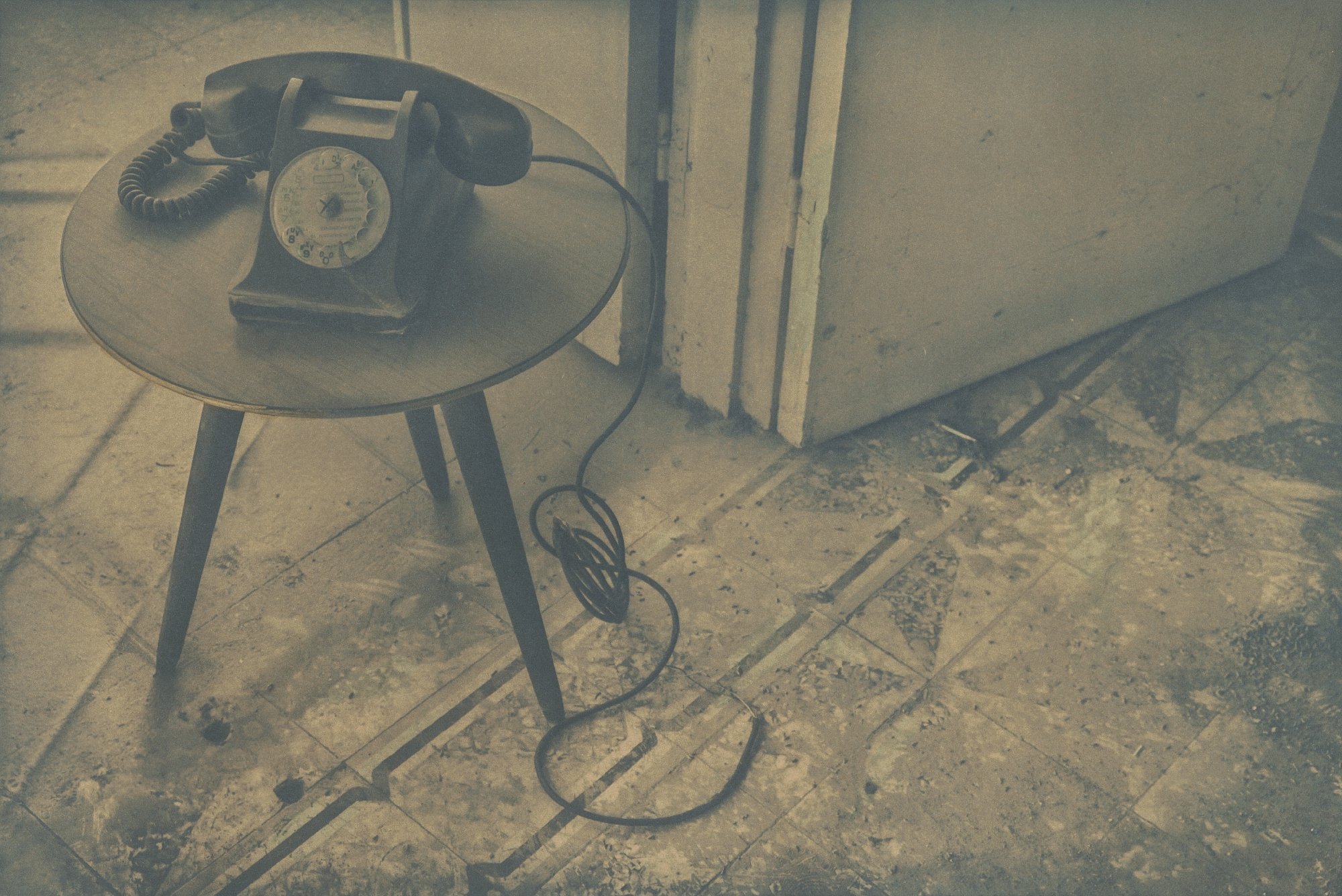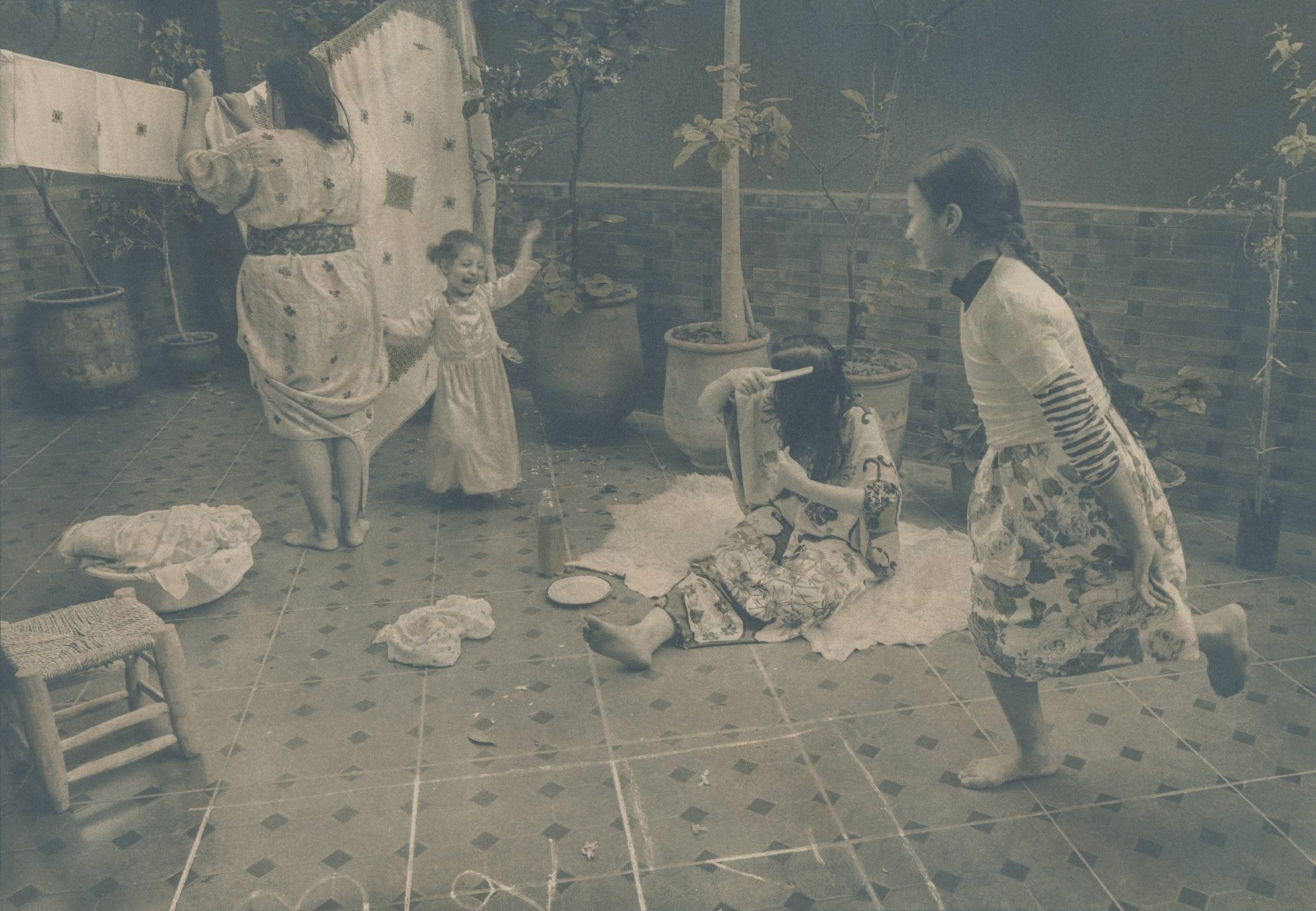The artist presents her series La maison qui m’habite encore at 1-54 Marrakech
A diaphanous kaftan quivers on a hanger in front of the window. A mother prepares a dish of chicken and olives as a cat looks on longingly. A grandma plaits her granddaughter’s hair and a boy in a fez and slippers sits outside enjoying the afternoon sunshine. Welcome to the Red House, or rather Aassmaa Akhannouch’s nostalgic reincarnations of this her childhood home in Meknes. For the 2023 edition of 1-54 Marrakech, the Moroccan photographic artist presents La maison qui m’habite encore (The house that still lives in me) with Galerie 127, her celebrated body of work honouring the tender moments that shaped her in a house now gone.
Akhannouch came to art after studying engineering and spending 15 years in marketing. Unfulfilled, she took a course at the Photo Academy Casablanca in 2014 and went on to learn from fellow artist Flore at the Atelier photographique de L’Oeil de l’Esprit in Paris. Since then, she’s exhibited across Europe and her accolades include winning the 2021 Prix HSBC pour la photographie thanks to her gentle yet articulate aesthetic and mastery the cyanotype. As media partner for 1-54, Nataal talks to the Agadir-based artist about this heartfelt series.
How did La maison qui m’habite encore come about?
My family lived in the Red House until I was 13 then we moved to another city and the house stayed closed for almost 30 years. After my parents died, we had to go back to prepare for it to be sold. When we opened it up all my childhood memories came back to me like mother preparing cookies for the holidays and my grandmother baking bread. They were all scenes of everyday life. We had many picture albums but all the images were of special occasions. Back then there were no phones so we didn’t have a record of everyday life and so I decided to recreate them.
How did you go about that?
Some of the images were taken at the house – a chair, an old phone. But once it was sold, I had to look for locations and props that matched what I had in my mind and I used my nieces and friends’ daughters to pose for me. Many times, when I took the picture and was moved by the scene I could see through my viewer, I was happy. It’s a very personal and emotional project.
How do your family feel when they saw the series?
My four sisters were very moved and for my brother, who couldn’t bring himself to return to the house with us, the fact that he could see all of these memories helped him to make peace with saying goodbye to it. I also had many Moroccans reaching out to me when the series came out through social media saying that it made them feel so nostalgic of their own childhoods.
What does the series say about how photography can address the nature of memories?
The question that came to me is, if I recreate these scenes of what my childhood was like, would I remember the childhood itself or just remember the pictures. Would I transform the real memories or make them more alive for myself? In the end, I guess it didn’t matter because the series became a celebration of the moments that I spent in the house, and it’s my way to say thank you to the people who were in it.
Tell us about your cyanotype techniques and what they bring to your aesthetic?
I take the photo and develop the negative, then put that on art paper that has been treated light-sensitive chemicals and put it under UV, which results in a blue and white image. For this series, I took two years to develop a toning solution made from plants to bring a sepia tint to the images. And I finally added watercolours but only very lightly. These historic processes take time and patience, it’s very difficult and I love it. I enjoy working with my hands and it grounds me, which I need. And because I work in memories, all of these layers are part of bringing the memories back for me.
How did you find your artistic voice after working in other fields?
When I was growing up, if you had good grades, you chose a scientific path but I didn’t enjoy engineering or marketing and after trying and failing to launch a coffee shop chain, a depression it me. I was always interested in art but it took two years of therapy to see that this was viable for me. I found a night school in Casablanca and then met Flore and so every three months I’d travel to Paris for a concentrated boot camp with her. I owe her a lot.
What are you working on next?
My new series is called Le monde oublié (The forgotten world) and is around how Morocco was when I was a child, scenes of life back then. It’s the Morocco in my head, a mix between the reality and how I dream of it.
You join growing numbers of photographic artists in Morocco. How do you feel about this burgeoning scene?
I love how the movement is coming alive in Morocco and how the Arab work is now considering art. I remember not so long ago that photography was not considered a real art form. Now I see many artists known and respected and it makes me really happy because we can talk about culture and all the things that we share. It’s a cross cultural scene and a very exciting time.
Aassmaa Akhannouch exhibits at 1-54 Marrakech 2023 with Galerie 127, from 9-12 February 2023. Discover the fair here.


